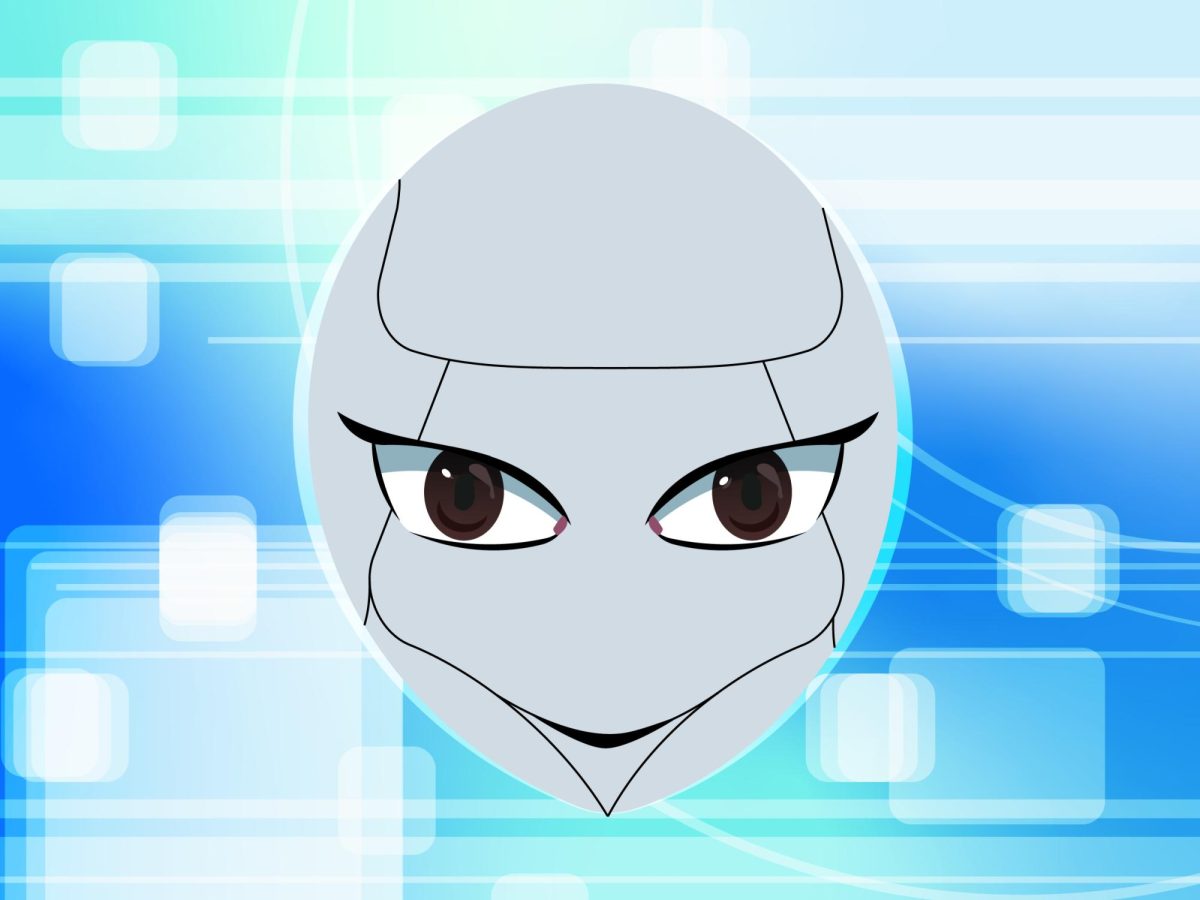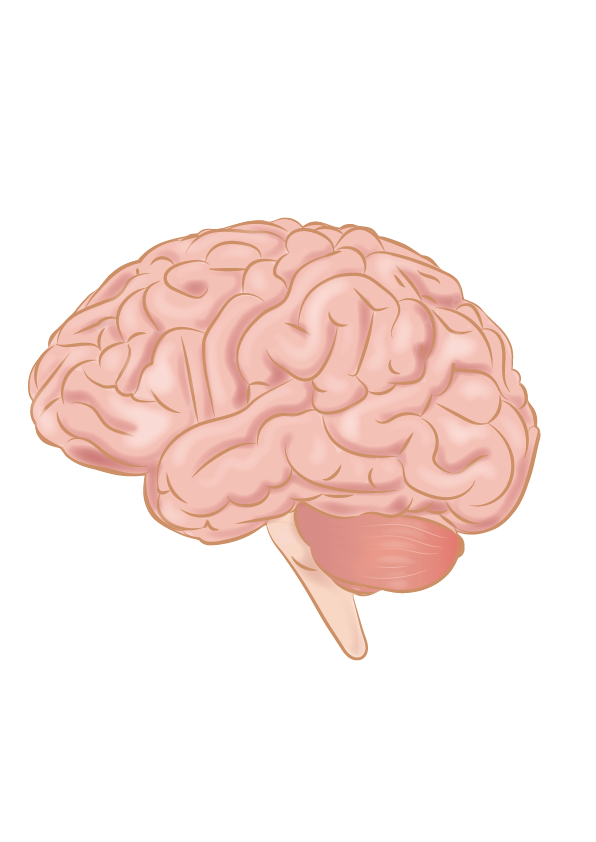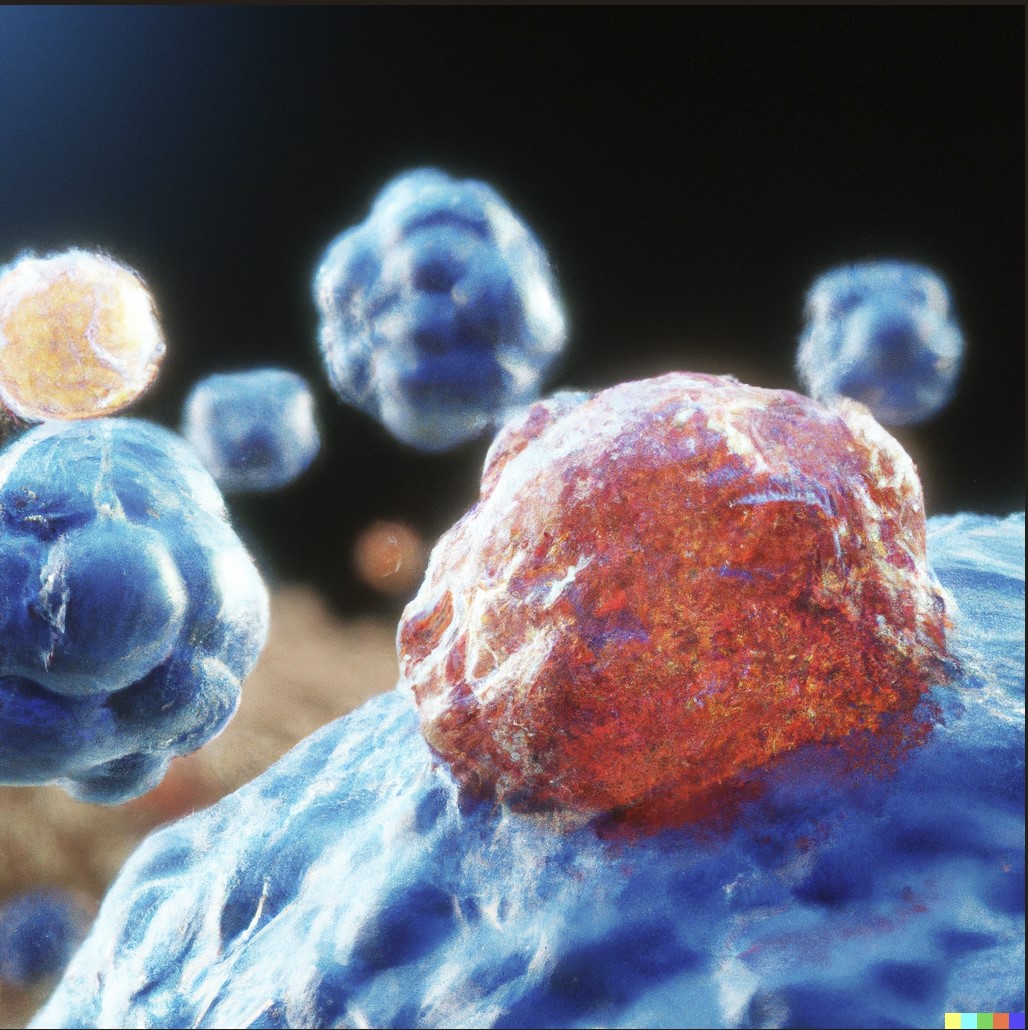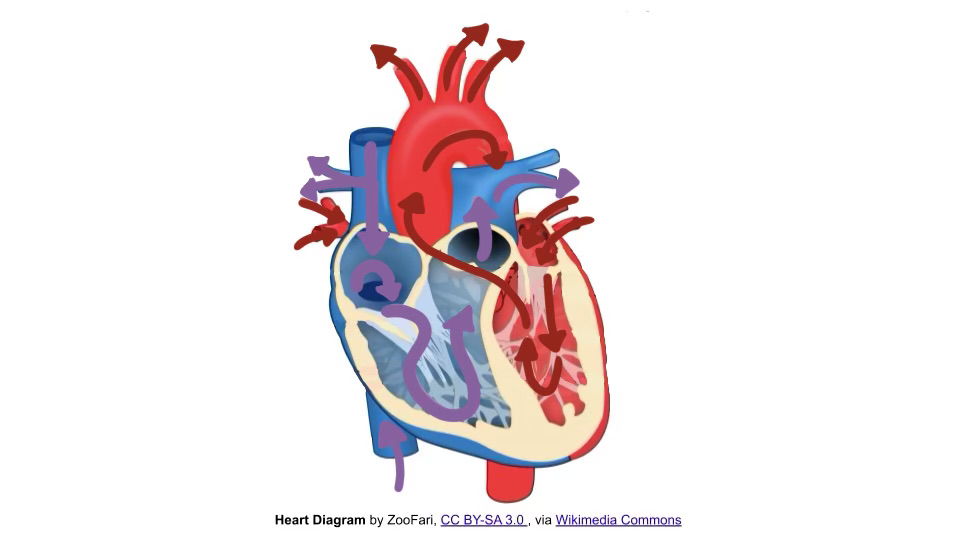Think how fascinating it would be if computers could learn to see the world the way humans do. A new breakthrough called Lp-Convolution is bringing computers a lot closer to seeing the world like we do. Scientists at the Institute for Basic Science, Yonsei University and the Max Planck Institute came up with a way to help machines process images more like the human brain.
The human brain is amazing at picking out what matters, even in busy, chaotic scenes. Traditional Artificial Intellegence, especially systems called Convolutional Neural Networks, has never been great at this. CNNs rely on small, fixed filters that are not flexible enough to catch the bigger picture. Lp-Convolution changes the game by letting AI filters stretch and reshape themselves depending on what the image actually needs.Instead of using rigid, square-shaped filters, Lp-Convolution uses flexible patterns that copy how neurons connect in the brain. It is built on an idea called a multivariate p-generalized normal distribution, which helps AI focus better on the most important parts of an image. Thanks to this flexibility, AI models can recognize images faster, more accurately and without using as much computing power as older methods. One major limitation of earlier AI systems was known as the “large kernel problem.” Increasing the size of filters often failed to improve performance and usually made systems slower and less efficient. Lp-Convolution addresses this challenge by allowing filters to adapt their shape, enabling AI to capture both fine details and broader patterns without becoming overloaded. This breakthrough makes machine vision much stronger and more efficient.
In real-world tests using datasets like CIFAR-100 and TinyImageNet, which are collections of small images used to train and test AI, Lp-Convolution made models more accurate on both older systems like AlexNet and newer ones like RepLKNet. It also helped AI handle messy or corrupted data better, which is crucial for real-world use. When researchers compared how the AI processed information to real mouse brain activity, they found strong similarities, showing how closely this method copies biological vision.
The potential applications for this technology are wide-ranging. In autonomous driving, vehicles could identify obstacles, pedestrians and traffic signs more quickly and accurately. In medical imaging, AI could catch small yet important signs that help doctors find diseases earlier and treat them better. In robotics, smarter machine vision could make it easier for robots to move around and handle unexpected situations.
The Lp-Convolution breakthrough represents more than just a technical achievement for AI; it marks an important step toward bridging AI and neuroscience. Rather than relying on ever-larger models that consume massive amounts of data and energy, researchers are now focused on making AI smarter by designing it to work more like the human brain. This signals a move toward more efficient, adaptable and biologically-inspired computing.The researchers behind Lp-Convolution have made their code and models publicly available to encourage further development within the scientific community. They are set to present their findings at the International Conference on Learning Representations 2025, one of the leading global events for AI research. Looking ahead, they plan to apply this approach to more complex challenges, including real-time reasoning tasks and advanced problem-solving.
By mimicking the brain’s flexible way of processing information, Lp-Convolution could help move machine vision into a new generation. Instead of rigid systems that struggle with complexity, this technology could allow AI to see, adapt and understand the world with a responsiveness much closer to human capabilities.









